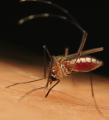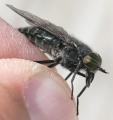Diptera.info :: Identification queries :: Diptera (adults)
Who is here? 1 guest(s)
Page 1 of 2: 12
|
|
Tachinid
|
|
| oceanlis2000 |
Posted on 03-11-2011 11:33
|
|
Member Location: Wales, UK Posts: 570 Joined: 15.06.10 |
Found quite late 03_09_11 in mid-Wales, any help appreciated, quite a beastie this one!
oceanlis2000 attached the following image: 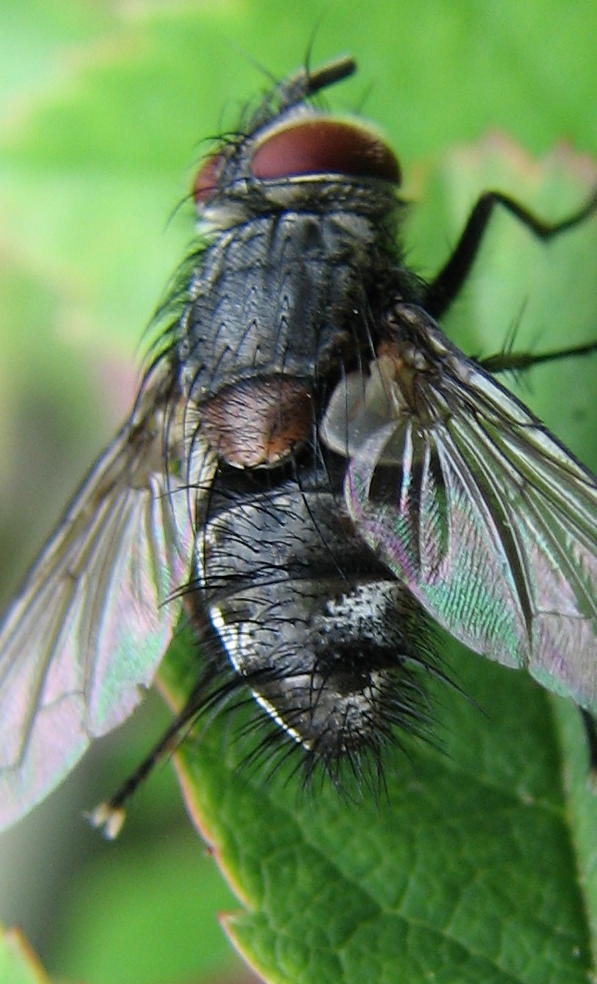 [94.67Kb] Dr Elisabeth A. Harris @FloraConsUK |
|
|
|
| oceanlis2000 |
Posted on 03-11-2011 11:33
|
|
Member Location: Wales, UK Posts: 570 Joined: 15.06.10 |
2
oceanlis2000 attached the following image: 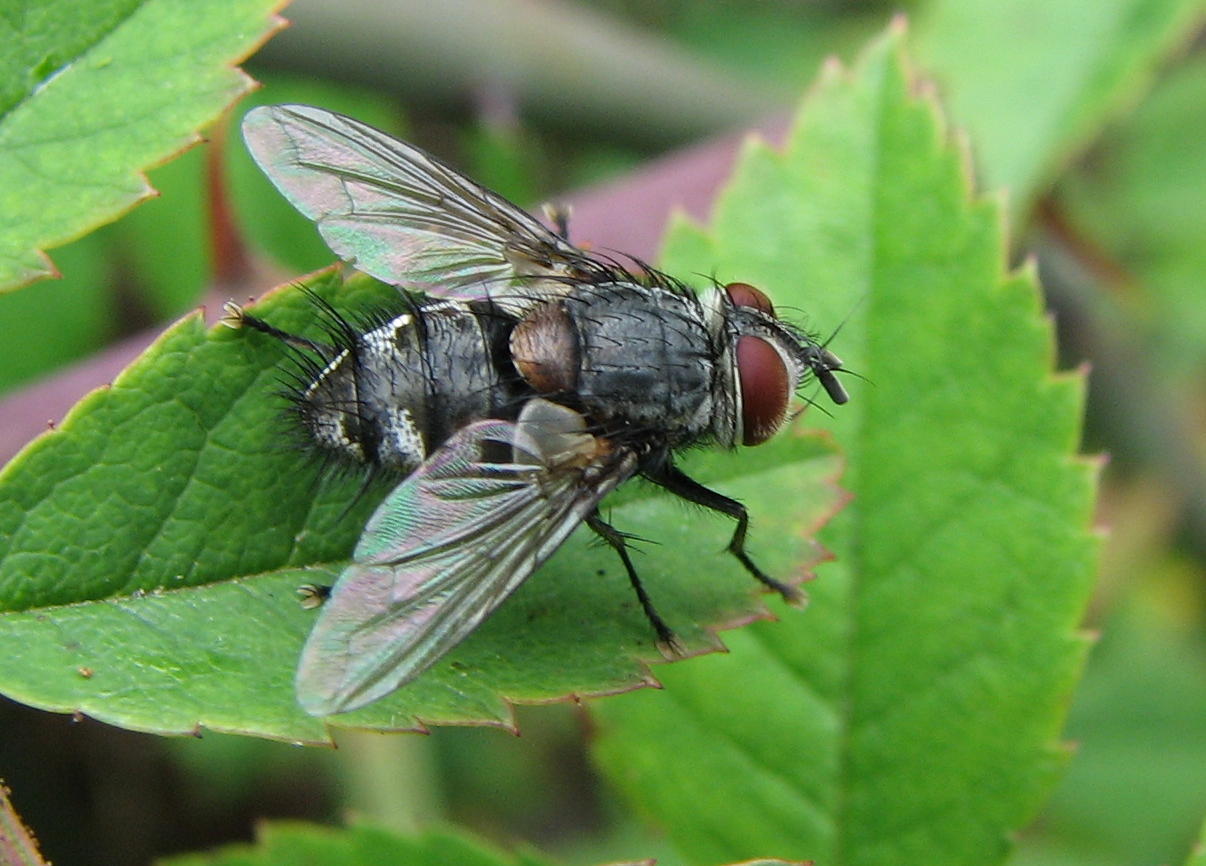 [138.28Kb] Dr Elisabeth A. Harris @FloraConsUK |
|
|
|
| oceanlis2000 |
Posted on 03-11-2011 11:34
|
|
Member Location: Wales, UK Posts: 570 Joined: 15.06.10 |
3
oceanlis2000 attached the following image: 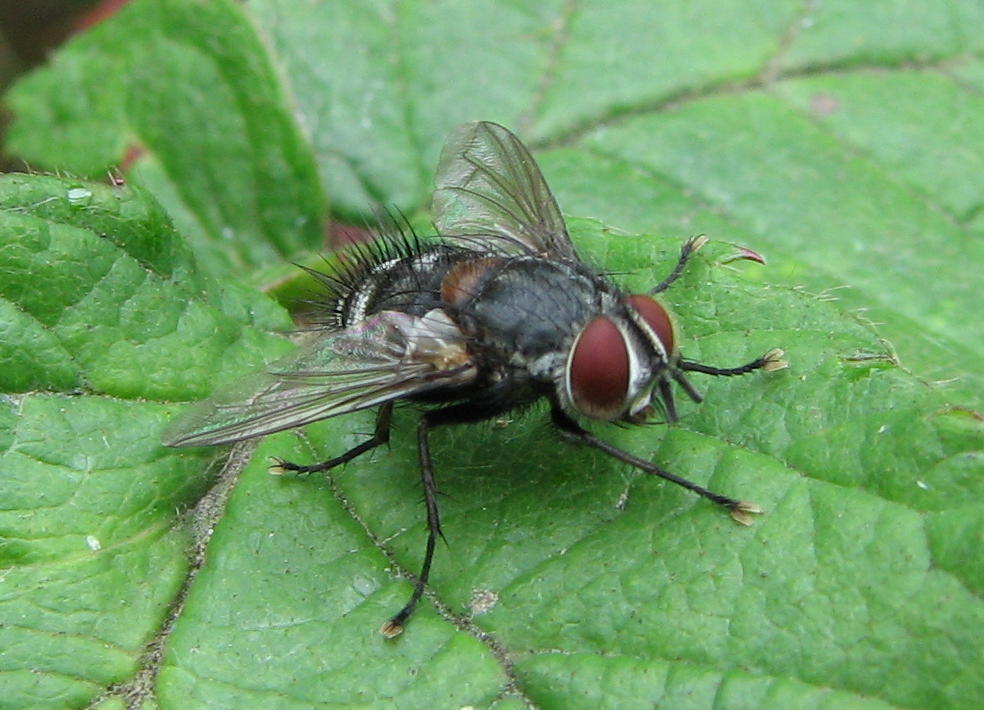 [113.01Kb] Edited by oceanlis2000 on 03-11-2011 11:35 Dr Elisabeth A. Harris @FloraConsUK |
|
|
|
| sd |
Posted on 03-11-2011 13:29
|
|
Member Location: Suffolk, UK Posts: 892 Joined: 11.10.07 |
At first I thought Hubneria (!), but then I remembered Exorista grandis - the only UK Exorista with hairy eyes and it is recorded for Wales. Wait for other's opinions though Steve Edited by sd on 03-11-2011 13:29 |
|
|
|
| ChrisR |
Posted on 03-11-2011 14:09
|
|
Super Administrator Location: Reading, England Posts: 7703 Joined: 12.07.04 |
Looks like a Carcelia to me 
Manager of the UK Species Inventory in the Angela Marmont Centre for UK Biodiversity at the Natural History Museum, London. |
| sd |
Posted on 03-11-2011 14:12
|
|
Member Location: Suffolk, UK Posts: 892 Joined: 11.10.07 |
or maybe its Carcelia with dark legs, doing id's from photos is hard Steve |
|
|
|
| sd |
Posted on 03-11-2011 14:13
|
|
Member Location: Suffolk, UK Posts: 892 Joined: 11.10.07 |
aargh, Chris beat me to my correction |
|
|
|
| ChrisR |
Posted on 03-11-2011 15:01
|
|
Super Administrator Location: Reading, England Posts: 7703 Joined: 12.07.04 |
Well, there are only a few genera with eyes that large ... Carcelia/Senometopia (hairy eyes) and Thecocarcelia (bare eyes) 
Manager of the UK Species Inventory in the Angela Marmont Centre for UK Biodiversity at the Natural History Museum, London. |
| oceanlis2000 |
Posted on 07-11-2011 11:24
|
|
Member Location: Wales, UK Posts: 570 Joined: 15.06.10 |
Thanks for the tips on ID I�ve had a look through the gallery and have come up with the following: Would be grateful for any additions or corrections Sub Genus_Carcelia 6 species Carcelia atricosta No information Carcelia bombylans Discounted: No yellow dusting esp. on thorax - What is the colour of the basicosta in this species? I get the impression from a posting by Matt Smith that�s it�s not black? Carcelia gnava Discounted- orange sides patches on T3 and no black bristles Carcelia lucorum Looks good  Carcelia puberula Discounted- orange sides patches on T3, tibiae orange-black Carcelia rasa Discounted-Tibiae orange-black Sub Genus_Euryclea 1 species Carcelia tibialis Discounted- orange wing bases, orange hairs on occiput, t3 with orange patches Senometopia 3 species Senometopia excisa t3 with orange patches Senometopia intermedia No information Senometopia pollinosa Bristle pattern on abdomen different Dr Elisabeth A. Harris @FloraConsUK |
|
|
|
| ChrisR |
Posted on 07-11-2011 15:16
|
|
Super Administrator Location: Reading, England Posts: 7703 Joined: 12.07.04 |
Body colour (especially presence of orange abdominal side patches) is a bit variable but the dusting colour and colour of the humeral callus is fairly stable. I would agree that this doesn't like bombylans or puberula ... things like gnava/atricosta/laxifrons are very rare (laxifrons only occurs around Brown-tail moth). My guess would be lucorum too ... based on look & rarity  But Carcelia really do need checking under a microscope because they are not the easiest genus 
Edited by ChrisR on 07-11-2011 15:17 Manager of the UK Species Inventory in the Angela Marmont Centre for UK Biodiversity at the Natural History Museum, London. |
| Larry Shone |
Posted on 07-11-2011 15:32
|
|
Member Location: Darlington UK Posts: 187 Joined: 08.05.10 |
Crikey these Tachinids have big eyes!! |
| oceanlis2000 |
Posted on 08-11-2011 11:17
|
|
Member Location: Wales, UK Posts: 570 Joined: 15.06.10 |
Thanks Chris and Larry Another difficult genus! Have you ever seen Carcelia atricosta? Dr Elisabeth A. Harris @FloraConsUK |
|
|
|
| ChrisR |
Posted on 08-11-2011 12:36
|
|
Super Administrator Location: Reading, England Posts: 7703 Joined: 12.07.04 |
I have 1 Carcelia atricosta but the identifications of Carcelia require close examination ... male genitalia and frons/eye width ratios are pretty reliable 
Manager of the UK Species Inventory in the Angela Marmont Centre for UK Biodiversity at the Natural History Museum, London. |
| oceanlis2000 |
Posted on 05-12-2011 12:11
|
|
Member Location: Wales, UK Posts: 570 Joined: 15.06.10 |
Thanks Chris Do you have any photos of Carcelia atricosta anywhere?, just looked on the new TRS! Dr Elisabeth A. Harris @FloraConsUK |
|
|
|
| ChrisR |
Posted on 05-12-2011 13:07
|
|
Super Administrator Location: Reading, England Posts: 7703 Joined: 12.07.04 |
Not yet but they look pretty much the same as the others in their group - they can only really be confirmed reliably on male genitalia and very careful measurement of the frons width 
Manager of the UK Species Inventory in the Angela Marmont Centre for UK Biodiversity at the Natural History Museum, London. |
| Zeegers |
Posted on 05-12-2011 17:45
|
|
Member Location: Soest, NL Posts: 19008 Joined: 21.07.04 |
It is a Carcelia, though the tibiae are pretty dark, if you look closely, they are reddish indeed. It does resemble C. lucorum, given the discal setae. I would not know why this species would be so rare in UK, its host is not (Arctia caja). Theo |
|
|
|
| oceanlis2000 |
Posted on 06-12-2011 12:26
|
|
Member Location: Wales, UK Posts: 570 Joined: 15.06.10 |
Thanks Theo I had no idea it was rare, I wondered about the discal setae Out of interest what are frons/eye width ratios of atricosta and lucorum, should be possible to discount one of them from the photos here? Dr Elisabeth A. Harris @FloraConsUK |
|
|
|
| sd |
Posted on 06-12-2011 13:35
|
|
Member Location: Suffolk, UK Posts: 892 Joined: 11.10.07 |
I think there's a little confusion here about "rarity". When Chris said his determination was aided by rarity he meant lucorum is one of the least rare Carcelia - ie lucorum is one of the most common Carcelia in the UK Steve |
|
|
|
| ChrisR |
Posted on 06-12-2011 14:29
|
|
Super Administrator Location: Reading, England Posts: 7703 Joined: 12.07.04 |
Yes, sorry if there was any confusion ... lucorum is about the commonest Carcelia in the UK. C.atricosta is one of the rarest 
Manager of the UK Species Inventory in the Angela Marmont Centre for UK Biodiversity at the Natural History Museum, London. |
| Zeegers |
Posted on 06-12-2011 21:49
|
|
Member Location: Soest, NL Posts: 19008 Joined: 21.07.04 |
ah, my mistake. It can not be atricosta, given the discal setae (or seta-like hairs) on tergites. Given what you have in the UK, it should be lucorum. Theo |
|
|
|
Page 1 of 2: 12
| Jump to Forum: |




